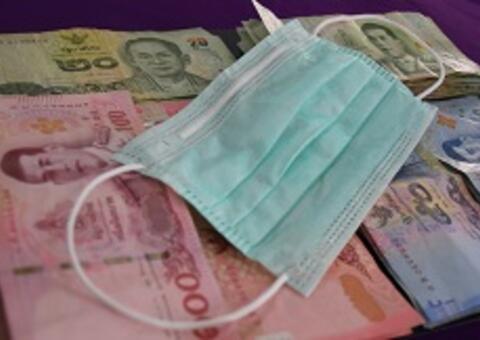Blog
How members are getting SMEs online – and out of danger

The ongoing COVID-19 crisis is proving a huge challenge for small businesses worldwide. This is especially the case since many SMEs have historically been largely “off-line” businesses, relying on personal interaction and a conveniently located physical presence.
As a result, “social distancing” measures now in force across much of the world represent a huge hit to sales for many SMEs – especially those in the service sector. When this is put alongside the fact that, small businesses in the service sector typically have less than 27 days of cash-in-hand (according to a report from JP Morgan Chase). It is not hard to see that right now, COVID-19 represents an existential threat to tens of thousands of small businesses.
Online sales are one way that small businesses can make it through this crisis. Contactless pick-up and delivery are already being practiced by many restaurants. In theory, the same model could be extended to cafés, boutique shops, local grocery stores, and numerous other kinds of small local businesses.
But, SMEs need help to get through the transition; training is useful (See here for a good example), but they also need the money to build good websites, hire delivery drivers and design new marketing materials – this is where targeted financing can help.
Since the start of the crisis, several schemes have emerged seeking to finance the transition to online sales. Many initiatives have been government-led, but since the very start of the crisis in Hubei, it has been clear that banks, fintech, and e-commerce giants also have big roles to play.
China, as the earliest country to be hit by the virus, has been leading the way on this front. For example, e-commerce platform Alibaba has been offering interest-free credit to “mom-and-pop” stores using their online platform. The company has also been collaborating with HSBC to provide expedited loans for SMEs entering the e-commerce space.
The rest of the world is not far behind, last week Facebook unrolled a US$100 million assistance program for 30,000 SMEs across 30 countries, consisting of cash grants and advertising credits.
However, much more is needed. If the world’s SME ecosystem is to survive the coming “deep freeze” in commercial activity, then a paradigm shift will be needed in how small businesses market themselves online, and how customers select suppliers.
At the moment, the online world is built for the biggest. In terms of marketing, for example, there is no “Main Street” on the internet and not everyone gets a storefront. It will require proactive financing from governments, banks and e-commerce firms to change this dynamic. Through learning from each other though, the SME finance community can rise to the challenge.
***
This piece -by Matt Gamser, CEO of the SME Finance Forum co-authored with Marcus Chenevix, is the first in a series of blogs we intend to share, based on experiences of the SME Finance Forum members and others who are working at innovative ways to mitigate the damage of the coronavirus crisis.










